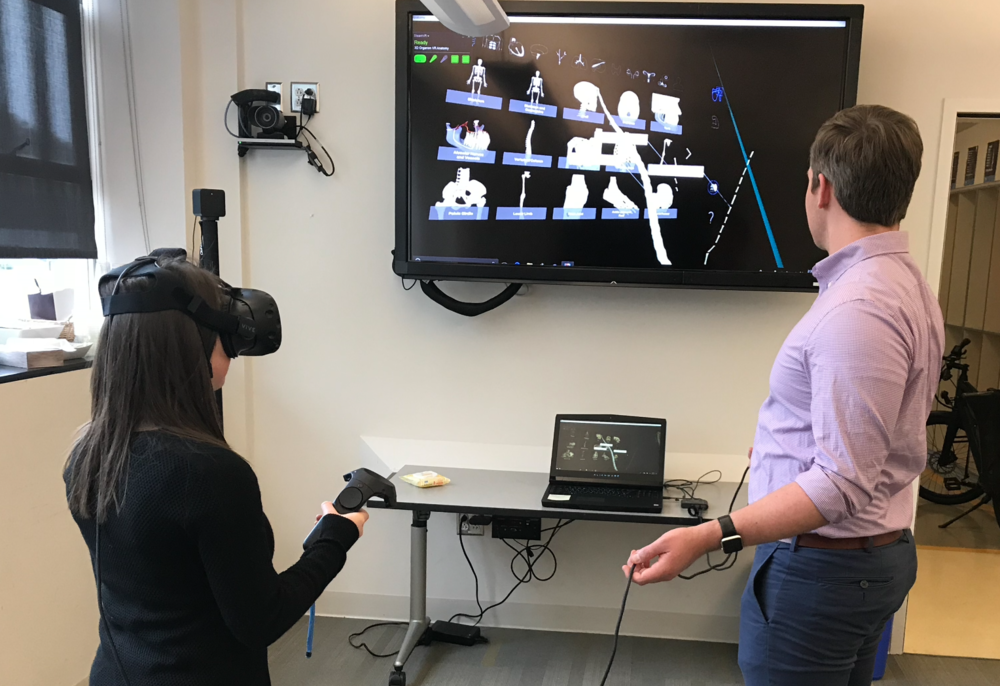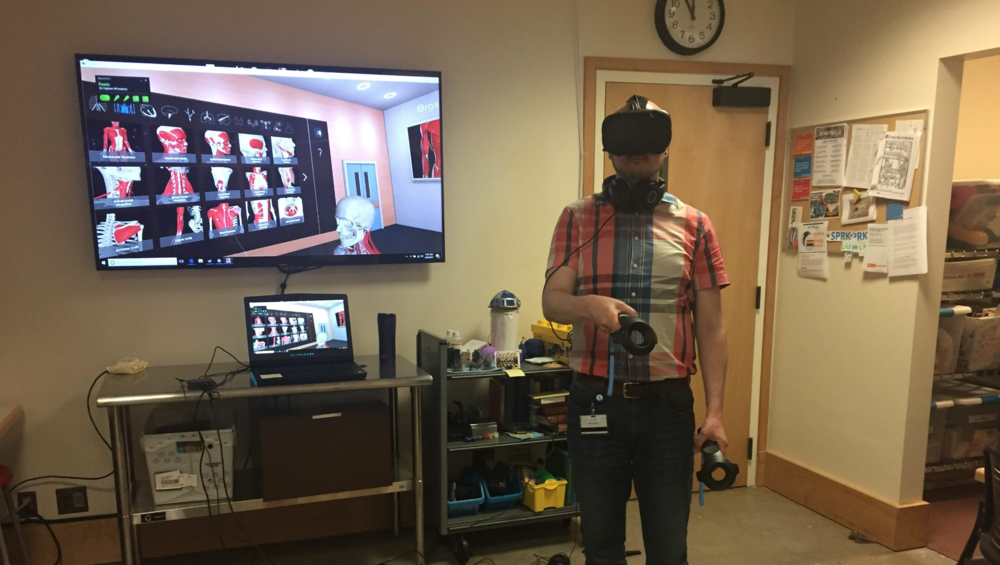Innovating in VR: Medical Education
Challenge
Effectively implement VR and other immersive technologies in the UCSF medical school the curriculum.
At the time, we believed virtual and augmented reality used in education could provide new ways to help learners understand ideas in an immersive way, but there were very few use cases. We were excited about VR but uncertain how medical students would feel about the technology.
Solution
We did preliminary user testing with medical students and collected feedback. We had mixed reactions, but some medical students felt very strongly that it was an effective way for them to learn, so we moved forward with a pilot project that optionally let medical students working in small groups do virtual dissections after doing actual dissections. Results were promising, students seemed to be developing a better understanding of spatial relationships of anatomical structures. We had good qualitative evidence and we were hopeful to see quantitative evidence in exam results with the groups that completed the pilot project.
My role
I helped conceptualize and launch this project. I led some of the early user testing efforts. I also provided technical support on the VR equipment and software, and helped with the design of the pedagogy. Here’s more information about what we did: How VR is Revolutionizing the Way Future Doctors are Learning About Our Bodies.


